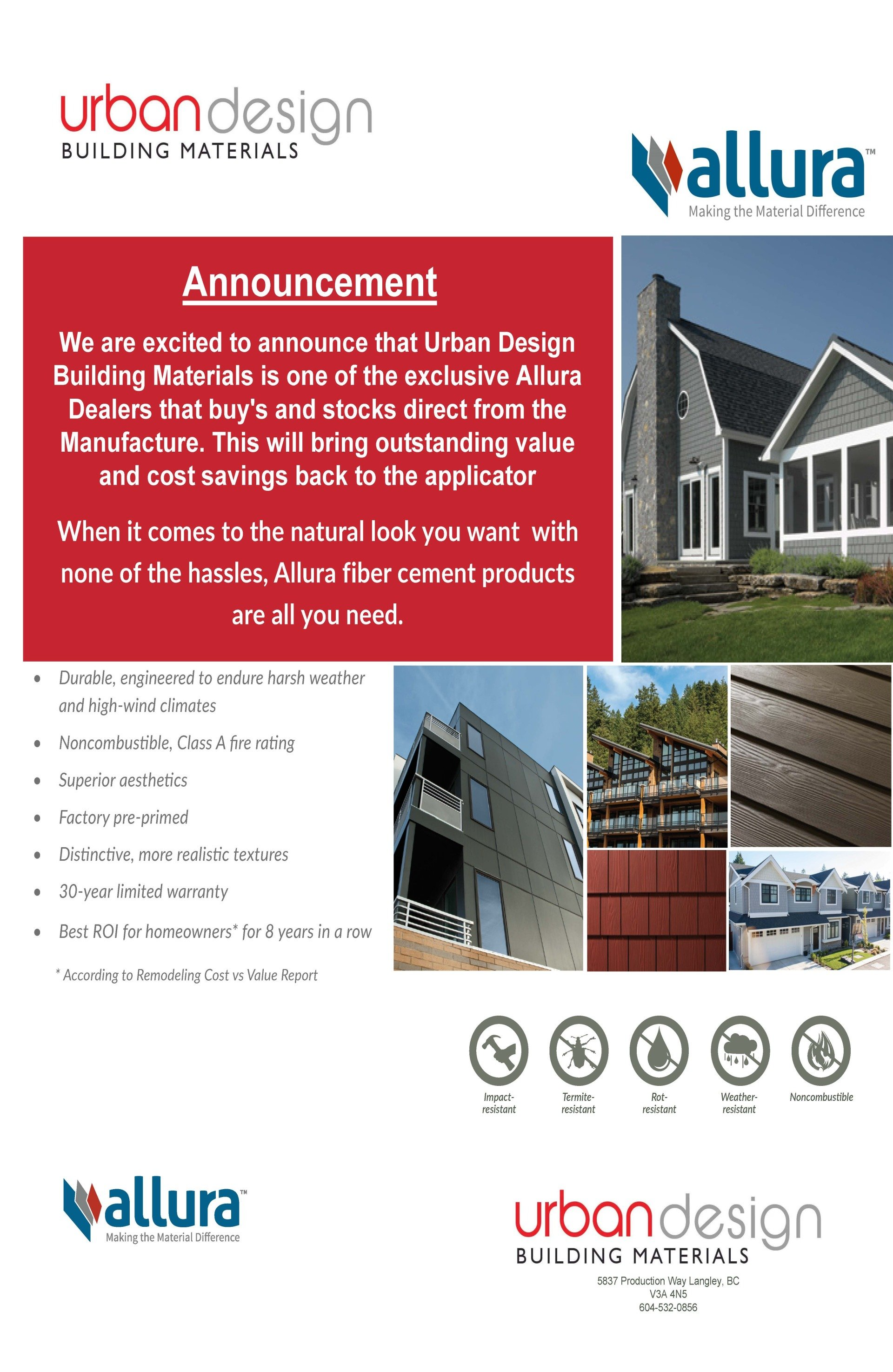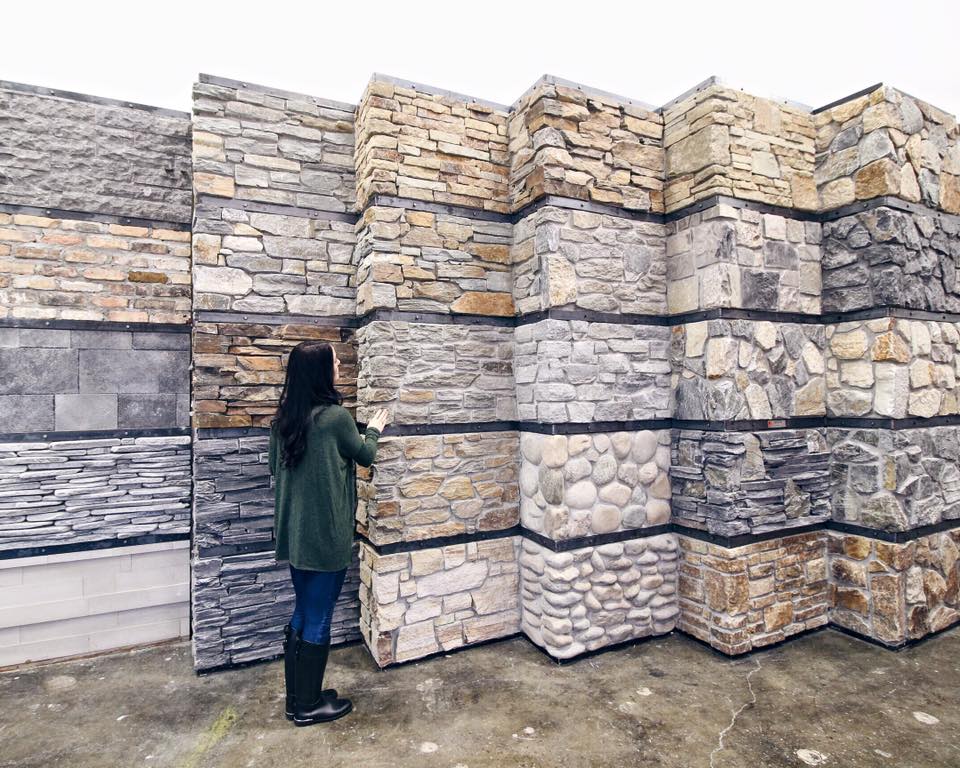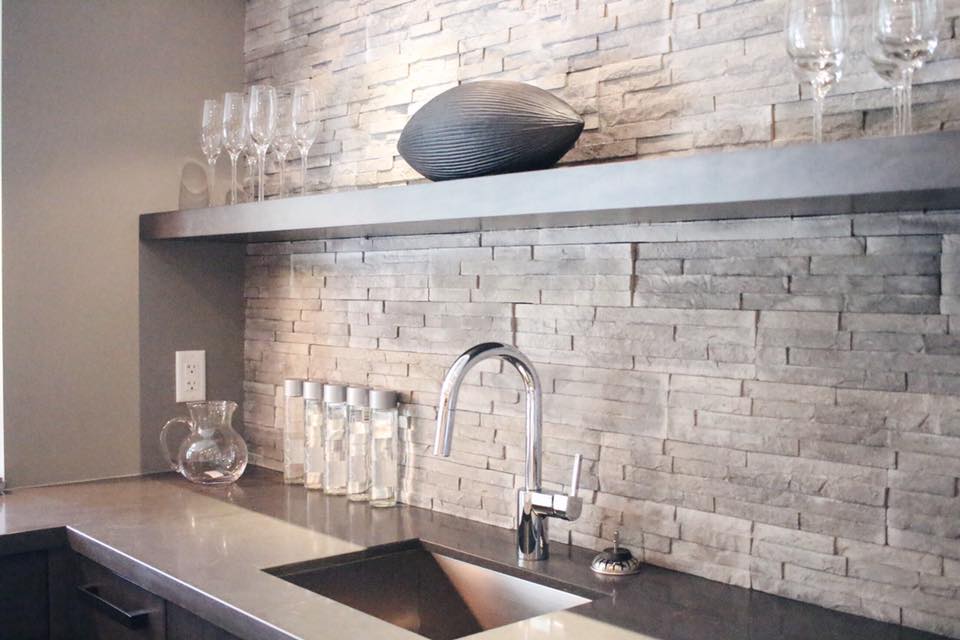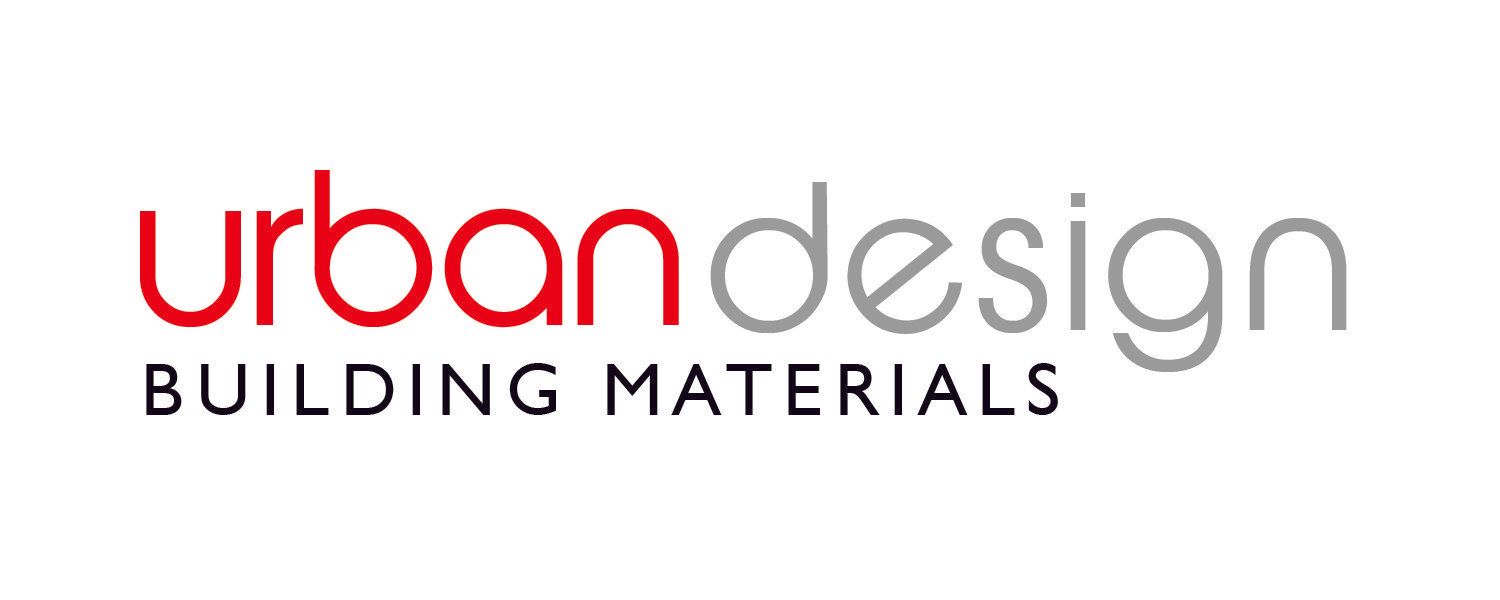BLOG
Urban Design Blog
Subscribe to Blog
Thank you for contacting us.
We will get back to you as soon as possible
We will get back to you as soon as possible
Oops, there was an error sending your message.
Please try again later
Please try again later


ALTERNATIVE MASONRY FOR YOUR HOME
The collection of RINOX Alternative Masonry products can be used on the interior as well as the exterior of the home. Additionally, they offers many different size, textures, and colours of masonry products perfect for any style that you are looking for. Here are some ideas on how to integrate masonry stone veneer products in and around your home.
EXTERIOR
Did you know that the entire collection of alternative masonry stones are suitable for exterior of your home? That means that whether you are looking for masonry stones for your new construction or for your renovation project you can find the perfect stone within our collection. You will find modern, classic, rustic and contemporary models that will suit your needs in terms of texture and colour. Using masonry stone siding adds a touch of luxury and endless beauty to your home.
Natural Stone or Manufactured Stone?
The stone market is heating up now that veneers have become the hot trend in hardscape design. This has driven a growing number of quarries to produce a thinner product for use both indoors and outdoors to give the look of real stone construction for a fraction of the cost.
In the past, before this growth in the market, stone work on a home or landscape utilized mostly whole stone. Construction was a challenge with a material so heavy and costly to transport. This weight demanded much larger footings and thicker walls overall, taking up valuable space in smaller sites.
Manufactured stone began in the mid-20th century as a manufactured alternative to the heavy natural stone. These composite masonry units were a good deal lighter than real stone eliminating the need and expense of special footings and support. Manufactured in thinner veneer units with a flat back, even more problems were solved. However, in the beginning this product was a poor substitute for real stone veneer due to unrealistic surface texture and colour as well as frequent repeats that can be easily seen by anyone looking closely enough.
Over the years manufactured stone has come a long way as companies developed far better methods such as hand colouring each piece and casting their moulds from actual stone units. Canadian companies such as RINOX have mastered casting and unique colouring to become one of the most sought after manufactured stone producers in Canada.
Today there is little difference between the two in materials cost, but contractors know when and how each is used to its best advantage for individual projects. A contractor who has done good work with real stone, or similar quality jobs with manufactured stone have their reasons for these materials choices. Their experience with certain materials is key to providing your project with attractive well-built hardscape.
From a design perspective Manufactured stone offers variety in colour and texture coupled with being lighter in weight than natural stone thus indoor applications become easier to execute with unique applications possible. Natural stone comes in where the look and feel, and weight of real stone is necessary for the aesthetic and sometimes functionality that only natural stone can offer.
If you’re still not too sure what to use for your project, speak with one of our design specialists.
Designer Tips & Trends: Using Stone in and out of the home
Exposed stone walls are not a newcomer in home interior design. In fact it has gained widespread popularity as another way to decorate your walls.
There is a myriad of ways of incorporating natural stone in your wall décor. Using your creativity and imagination, it is possible to come up with original stone wall design that will become a focal point of your room. Think back to the days of exposed brick walls, and the feel of industrial modern, the same concept can be applied with other stone to set the tone for your design style.
In addition to the aesthetics of exposed stone walls, there are a few advantages worthy of a mention, which may help you to consider the placement of stone.
Stone walls offer excellent sound absorption, consider this for higher traffic areas where restraining sound may be a nice added feature. Additionally, adding a stone wall is also a great way to cover unsightly damage to walls
Combine stone with warming materials like fur, cashmere, fleecy rugs and pillows to add texture and warmth to a space. Alternatively, juxtaposing a stone wall with raw element such as concretes, metals, woods and marble surfaces is another way of introducing texture into a space.
Stone is not just used in wall applications but fireplace surrounds, hearths and now more commonly, in stairwells, hallways, foyers and otherwise less decorated areas of the home, Think the wall at the end of a hallway or the Z up the staircase.

FAQ’s
Q: How do I know how much stone I need to order?
If you don’t plan on working with a mason to instal your natural or manufactured stone, it is essential to have a strong understanding of installation methods in addition to calculating the required amount of stone- this is especially true where Natural Stone is concerned to avoid the possibility of the quarry no longer having any of your stone left.
A mason will have the proper measuring techniques and understand adding waste and overages, however if you plan on doing this yourself you will need to know how many square feet you will need as well as how many linear feet for any corners.
If the width of the material in inches and the linear length in feet are both known, convert the width to a fraction of a foot, then multiply width times length to find square footage. For example, the square footage of a board 6 inches wide and 6 feet long is represented by the formula W (.5 ft) x L (6 ft) = 3 sq. ft.
To measure linear footage, just measure the length in inches, then divide by 12. There is no fancy linear foot calculator required – just measure the length and you have the linear feet.
Industry standards suggest for waste and overages to order an additional 20-30% material to account for waste, errors or miscalculations. This is especially important where natural stone is being used.
Q: Can I cut through Manufactured Stone? How will this look?
Manufactured Stone is not Natural Stone, although good quality manufactured stone has uniform colouring all the way through, you should always turn any cut edges away from view.
Q: Can I use Manufactured Stone outdoors as part of my water feature?
Using manufactured stone in a water feature where chemicals may be present is not recommended as the wear and tear will only be amplified from these chemicals. Natural Stone will hold up against natural elements and the wear and tear will respond with a weathered look appropriate for outdoor applications.
Q: If my natural stone is damaged years later, how difficult is it to replace?
Natural stone is just that, naturally occurring. One of the risks in using natural stone is that years later cannot guarantee there will be any of your stone left in the quarries- that’s not to say never to use it, but rather consider how easily or if it can be replicated in manufactured stone.
Follow Us
Urban Design - Building Materials
5837 Production Way, Langley, BC V3A 4N5
5837 Production Way, Langley, BC V3A 4N5
604-532-0865
